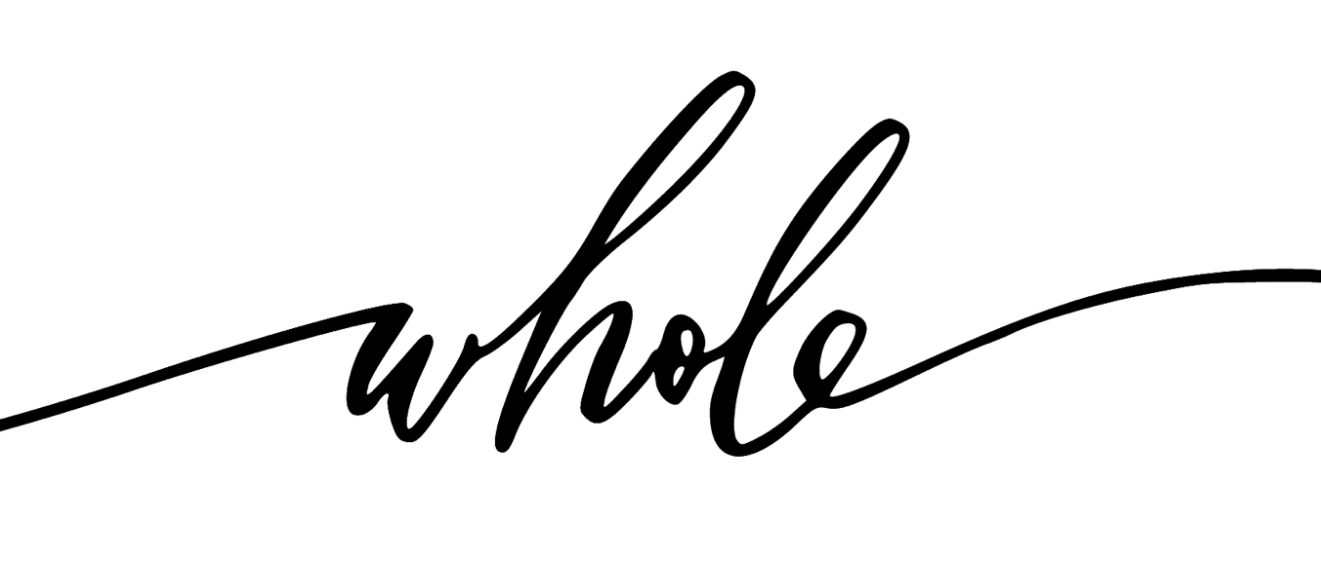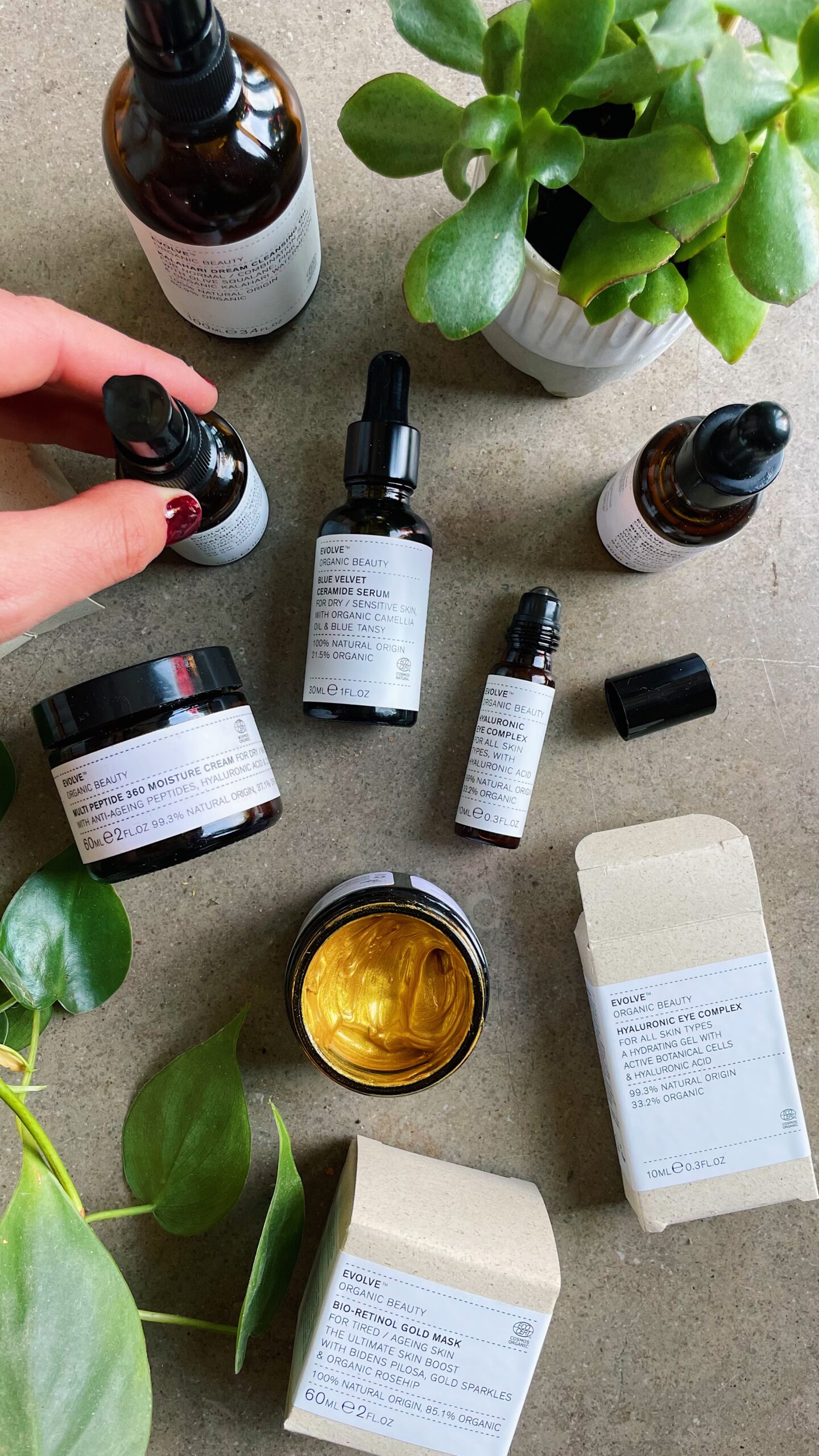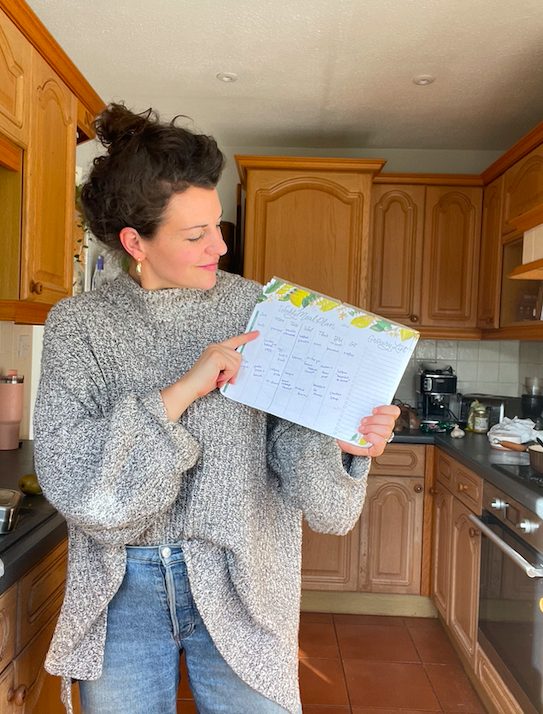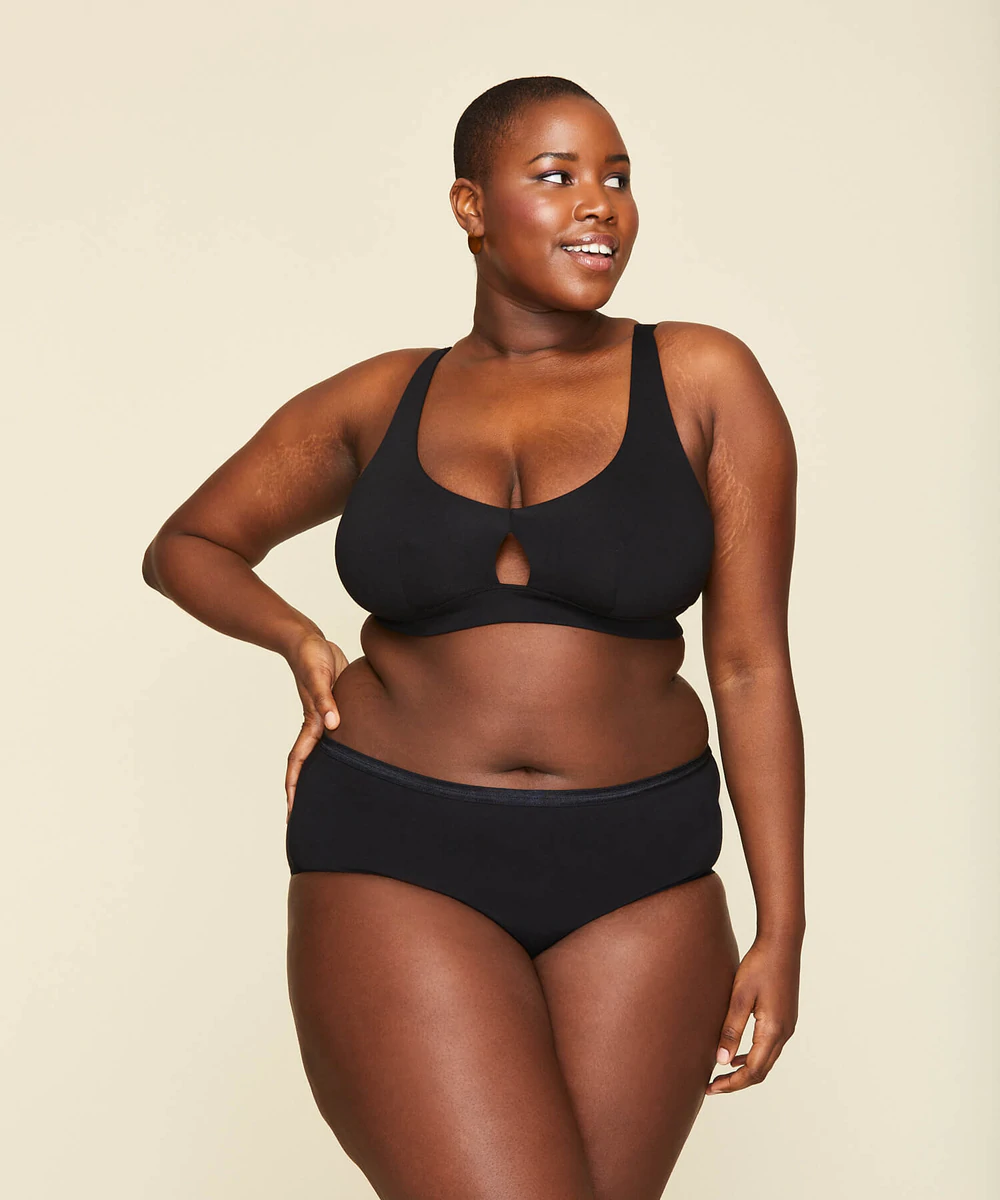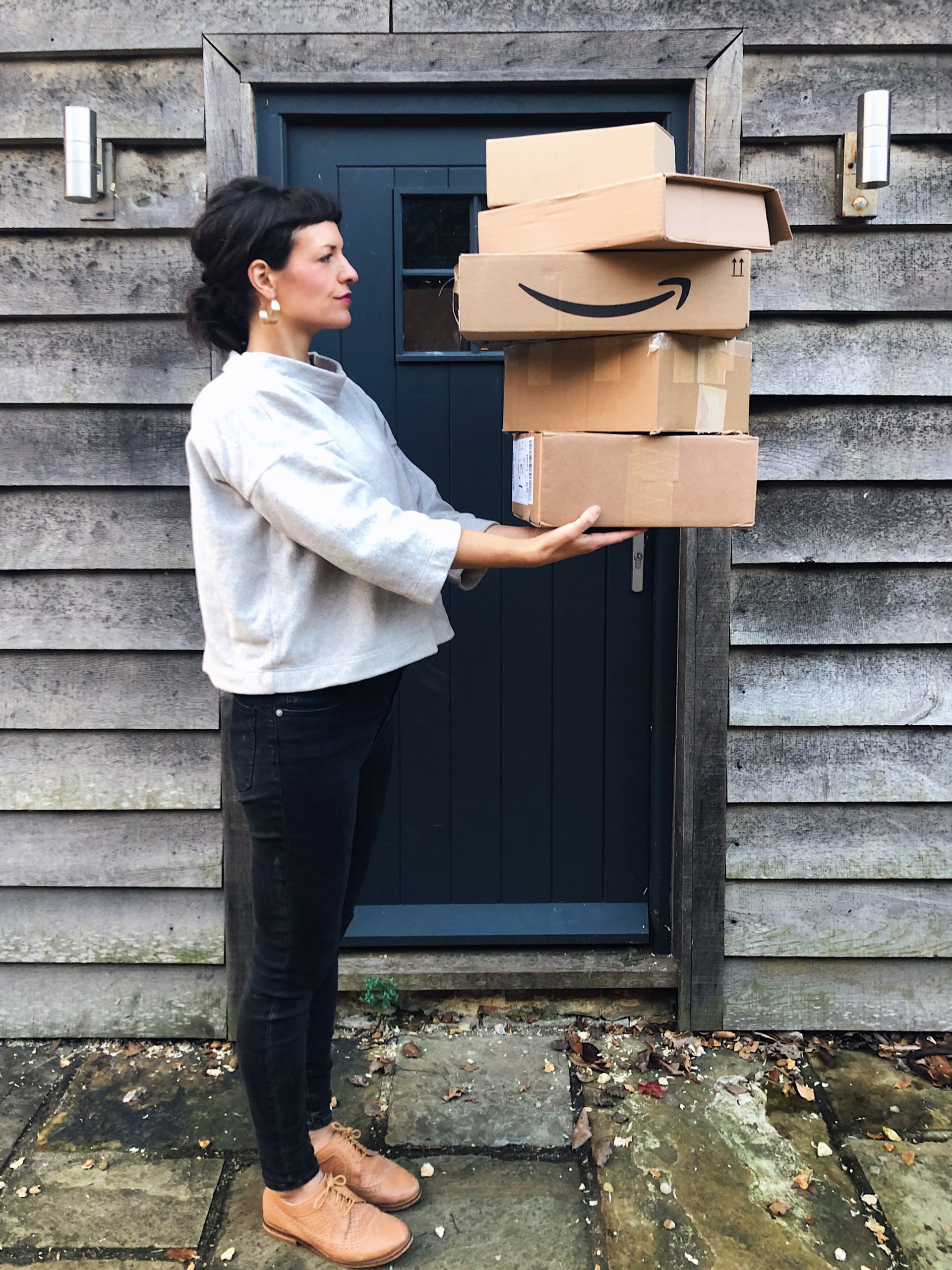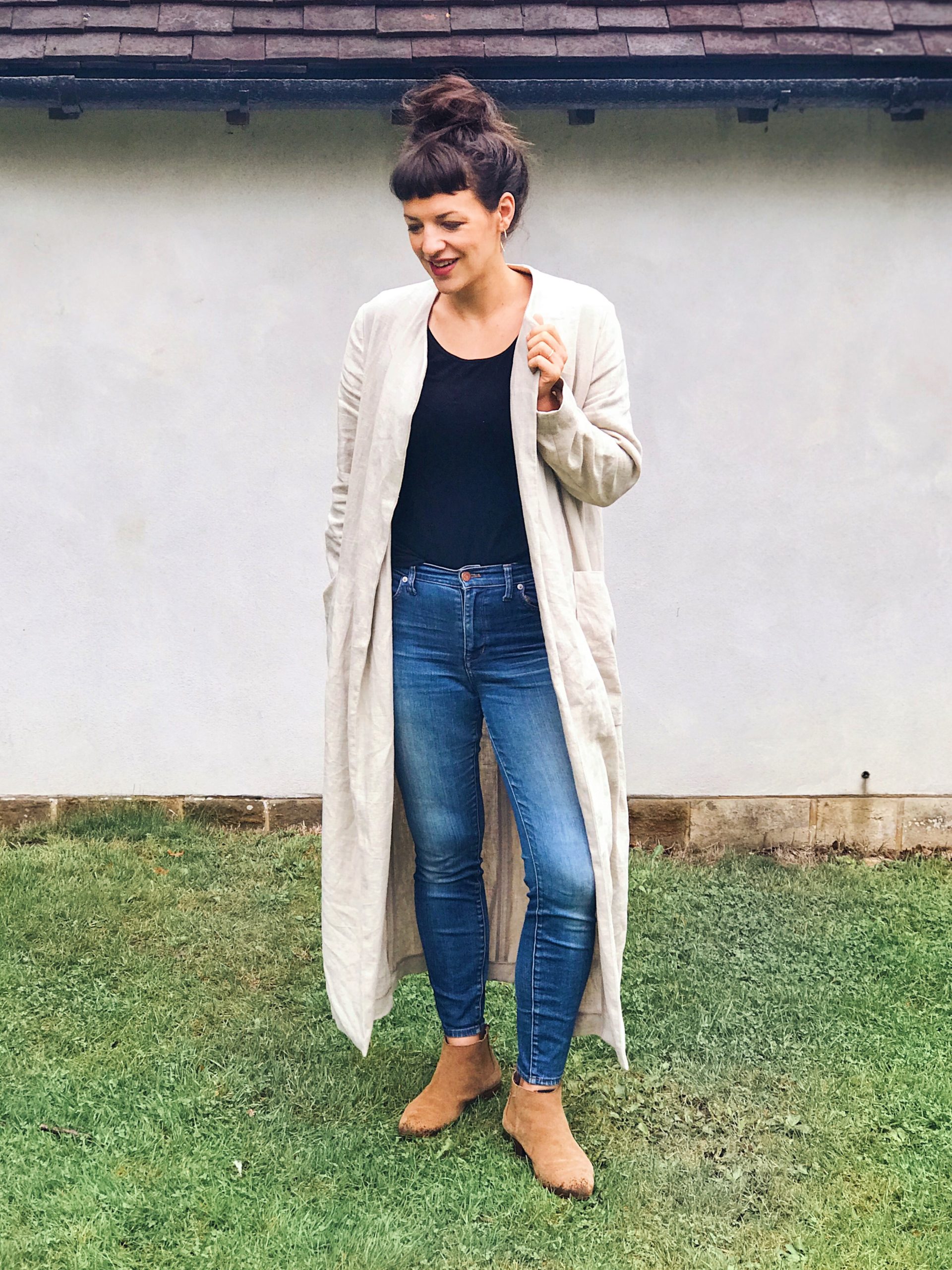Ethical clothing on a budget: a new approach to sustainable shopping
This blog is an estimated 6 minute read!
This year I’ve set our home the challenge, and made the commitment, to buy no new clothes. Whenever we need or want an item of clothing, we get to think a little more deeply about how to source something that’s already in circulation i.e. second hand! It’s the next step for me in choosing ethical clothes, and then managing truly ethical clothes on a budget. (Which can be a challenge!)
So let’s dive into why I’m doing it. And look at why I think we need to redefine what buying ethical clothes means! (Spoiler: it’s all good stuff I’m not to make this more complicated. The opposite.)
What are ethical clothes and why do they matter anyway?
“Ethical” has become and more and more used word recently in terms of shopping and clothing is one of the industries where we see it used the most.
A general idea of “ethical clothing” is identifying clothing that is produced without harming people, animals, or the planet.
The supply chain problem with big brands
The problem is that we often have a lack of knowledge by brands about their supply chains, and then a lack of transparency where they do or could have knowledge. Pair that with the global demand for more and cheaper clothing – it’s led to a lot of unethical practices in the industry. These might be allowing issues such as child labour, forced labour, health and safety, unfair pay, lack of rights, or the exploitation of migrants in the workplace.
What that leads to…
In the worst (but common) cases this has led to some high profile tragedies like the Rana Plaza building collapse in 2013 that killed 1100 people manufacturing clothes for high street fashion brands. I’m seeing more and more though that unless we are sure of where clothes are being manufactured, there are likely problems in the system.
“Ethical” isn’t a word to describe the clothes we buy, it’s a word to describe the way people are treated because of the clothes we buy.
My main concern and the thing that started me on the ethics in fashion journey was the treatment of people. Trafficking for the purpose of forced labour accounted for about 38% of the total trafficking cases detected globally in 2018. (Global Report on Trafficking in Persons 2020) If you’re wondering more about how trafficking and forced labor is found in clothing supply chains, this is a really helpful quick video!
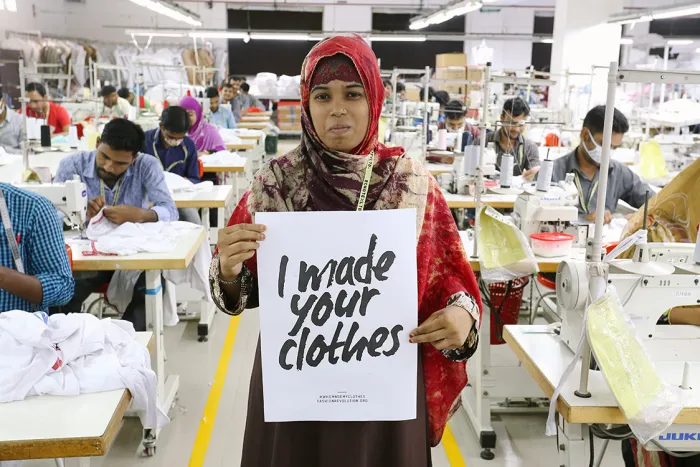
But then we have this problem with shopping for ethical clothes:
Choosing companies with ethics is imperative to me. I want to ENSURE my daily choices don’t rely on the labour of trafficked people, or on a system that is polluting and damaging the earth.
But the hurdle with ethical clothing though is the price, which should be high cos that means people are being paid right, and can make quality longer lasting. Are people who can’t shop those higher prices excluded from shopping ethically? There’s another conversation needed here on the rate at which we shop, and changing habits to allow for more pricey pieces. Aside from that, we can’t ignore the MASSIVE ethical gain from second hand shopping done right.
We need to recognise that ethically made clothing is still a use of resources. A far better use of resources, and the right step we need to take. Water, energy and land were used to make them though, and at the end of life of those garments, they still needs to go somewhere which might be landfill. Even if we’re all shopping ethically, there are inherent problems with overconsumption. Even if it’s overconsumption of something good.
While people bought 60% more garments in 2014 than in 2000, they only kept the clothes for half as long (McKinsey & Company, 2016).
What’s more, 85% of all textiles go to the dump each year (UNECE, 2018)
Around 20% of industrial wastewater pollution worldwide originates from the fashion industry (WRI, 2017)
So how do we shop ethically, but bring down the cost and really embrace the full breadth of what ethics in shopping are?
A different kind of ethical shopping:
Last year I put together a used clothing stand for charity and I was able to stock the equivalent of a small boutique with clothes not needed by just one small community. It really brought home to me how deeply we have a problem with overconsumption and the societal norms of needing “stuff”. We have such a high volume of things already created and in circulation. To truly have an ethical approach to clothing, we need to slow down on shopping and use what’s already in circulation.
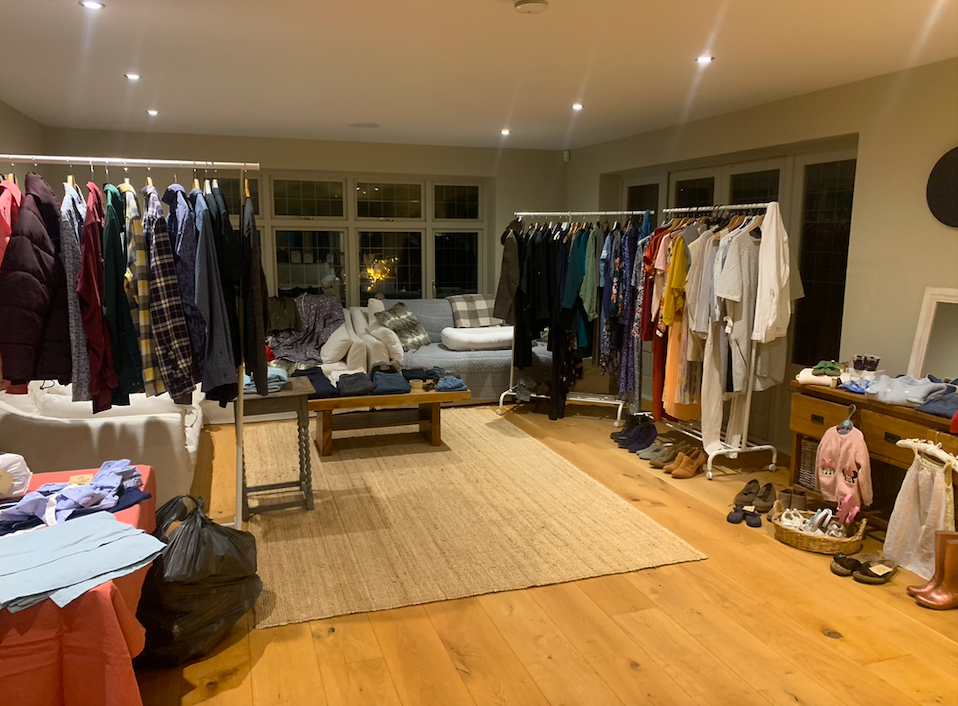
We need to change the definition of ethical clothing. It needs to be broader and less exclusive while keeping ethics central. This challenge and commitment for our family was my way of moving us toward that.
TOP options for more a more budget friendly approach to ethical clothes :
- Not buying anything else – the best way to do ethical clothes on a budget! This isn’t alway possible though. Kids grow, bodies change, we need new items, something might wear out beyond repair. But saying no is often feasible.
- Using ethical, natural fibre based clothes already second hand. This is my top choice if I’m buying something. Natural fibres cause the least pollution during washing, are usually the easiest to repair. They’re also the easiest to dispose of well at end of life. I still choose ethical brands when I’m shopping second to avoid fuelling the resale of fast fashion brands.
- New ethical, or other second hand pieces. I look for new ethical natural fibre options, or other clothes already in circulation.
Why am I challenging myself to shop second hand clothes only and buy no new clothes at all?
New clothes aren’t bad but I’m really struck by the issue of overconsumption as a society. Shopping with respect for the people involved in production is a non negotiable for me. So on a budget, we have to be a bit radical about how that happens. I want to force myself to slow down and reduce my footprint and spending, but not my values.
I really want to give myself time to detach from the idea of “needing” new clothes. It was 8 years ago now that I made the switch to only shopping ethical brands. We already shop second hand and my kids wardrobes are 90% used. Jared and I look second hand first, but new clothing is still a high proportion of the clothing we buy. This ‘no new clothes’ challenge is a way we can be deeply committed to ethical clothes, on a budget. But also to expand what ethical means in how we shop.
I wanted to challenge myself to reduce new clothing to zero this year, and honestly, as soon as I thought about saying that on social media I thought “I don’t want to do that!” I didn’t want the limits of that commitment. But that showed me I really needed this challenge.
And so here we are! I’ll give updates as we go on how the challenge plays out in real life. Click below to follow on instagram or via email to see where I feel challenge or run into problems.
If you want to join at any level – let me know! If it’s buying less, trying second hand, looking at ethical options or committing to no new clothes at all… I want to know!
Other blog posts you might find helpful
Ethical and sustainable ideas for Mothers day and/or Spring gifting
Eco Ethical Bra Brands (US/UK + beyond)
Ethical Shoe Brands We Love (US/UK + beyond)
Another ethics expose? 9 Steps to Responding well and creating change!
